New Orleans has failed over the last decade to do urgently needed lead testing — claiming the water was safe even after losing track of where the city's many lead pipes are — and then buried a 2017 report that would have alerted the public to the lapse.
Two years after the report was completed, officials still have not fixed the problems. And experts say the failures could have unknowingly exposed tens of thousands of people to the neurotoxin.
The 84-page report, obtained by BuzzFeed News, revealed multiple violations of federal law, including the Environmental Protection Agency’s requirement that local water boards must test the water only in homes that have lead pipes.
But New Orleans pipe records haven’t been updated since the early 1990s — long before Hurricane Katrina and the extensive street repairs and pipe replacements that followed. The water board wasn’t testing only homes with lead pipes as required by federal law, the report found, because it didn’t know where those lead pipes were.
The water board’s “incomplete and unreliable information on the locations of lead service lines left it unable to alert citizens who might be at risk of exposure to lead in tap water,” the report said.
Some Sewerage and Water Board employees — including the former executive director and the agency’s then-spokesperson — took samples from their own homes, or solicited their friends, and included them as samples from high-risk homes, raising the possibility that the water board was deliberately gaming the system to make the results look better.
In 2016, about 11% of the kids under 6 in New Orleans tested for blood lead showed concentrations at or above 5 micrograms per deciliter (the CDC maintains that no level of blood lead is safe for children). That’s far higher than the national figure — 2.5% of kids between 1 and 5 — and double the rate in Flint during the water crisis there, when 5% of kids tested had blood lead levels that high.
Lead is the most dangerous substance that commonly turns up in US tap water. At high exposures, the metal attacks the brain and kidneys, and harms multiple body systems. Even at low levels, it’s been called a “silent killer” that’s hard to spot, with particularly dangerous effects for developing fetuses, babies, and young children, whose brains are growing quickly.
Because of the holes in the city’s water testing, there is also no way to know if those kids registered high levels because of what they were drinking, or exposure to other environmental sources, like lead in paint or soil.
And scientists working on the problem say that uncertainty should be deeply concerning.
“New Orleans residents are being told their water is safe when there’s no evidence that’s the case,” Marc Edwards, a Virginia Tech civil engineering professor who helped uncover the Flint lead crisis, told BuzzFeed News. “This is just repeating the mistake made in Flint.”
In fact, some of the water in people’s homes has already been shown to be unsafe. Independent testing by a research team at Louisiana State University looked at 376 New Orleans homes and found some with sky-high lead levels: as much as 284 parts per billion, nearly 19 times the EPA’s threshold for tap water.
City inspectors are supposed to test only the houses at highest risk — namely those known to have lead pipes — and should therefore be turning up the highest lead numbers. Yet in the 18 years of data the water board collected, they have never reported results over 33 parts per billion.
That should raise major alarms, said Adrienne Katner, an assistant professor of environmental and occupational health at LSU who led the testing and was consulted on the OIG’s investigation. “Why am I finding higher lead levels than they are?”
The documents do not make clear whether officials from the New Orleans Sewerage and Water Board were actively trying to skew the results or simply did not know how to find the city’s remaining lead-pipe houses. But according to the inspector general’s report, as well as summaries of interviews with water board employees obtained by BuzzFeed News through a public records request, employees knew they weren’t following protocols. And the decision to shelve the investigation has caused major concern among former employees and experts who were consulted when it was being drafted.
“That was nine years when there was not any appreciable oversight of this program. To me, that is doing a disservice to the public,” Katner said. Based on the report’s findings about the city’s testing practices, she said, “I would not trust those results.”
Local environmental groups have tried to call attention to the problem for years. Most recently, in late October, a community group called Justice and Beyond held a demonstration with some 50 people outside the water board headquarters to protest high water bills and lead levels.
“We have been saying to the mayor and the rest of the Sewerage and Water Board members that our scientists say there’s lead in the pipes and there’s lead in the water. And the Sewerage and Water Board says, no there isn’t,” Pat Bryant, a veteran environmental justice organizer and cofounder of Justice and Beyond, told BuzzFeed News. “Now we see their protocols are shoddy and there’s no science to what they do.”
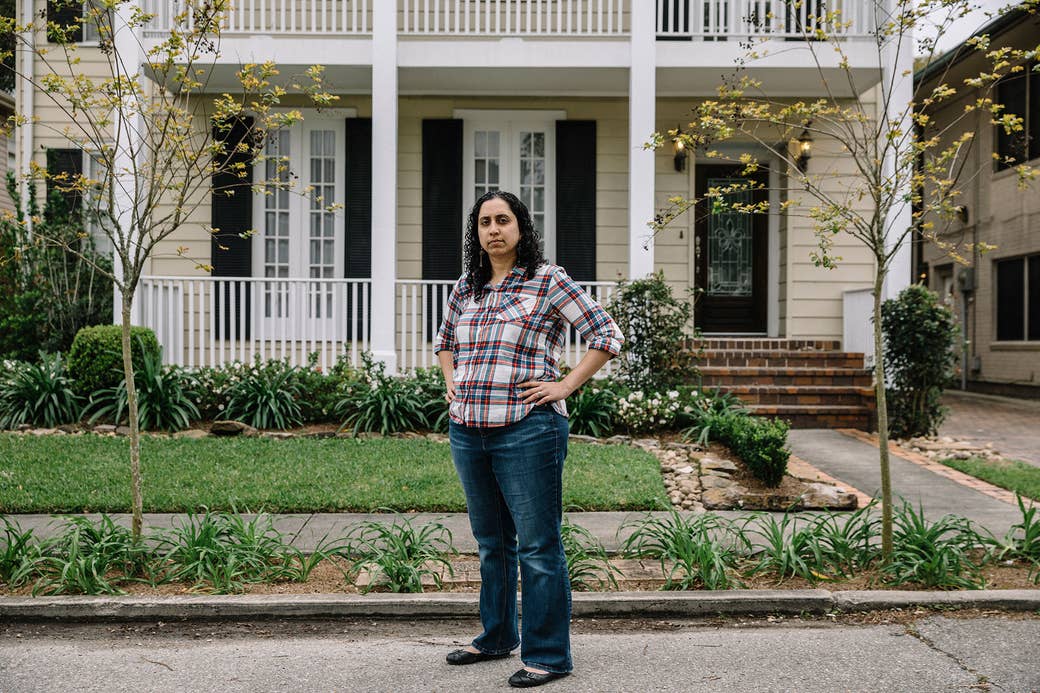
Meghana Kamath Hemphill got pregnant with twins in early 2014, nearly nine years after Hurricane Katrina devastated New Orleans. She and her husband had recently settled down on a quiet street in the Fontainebleau neighborhood, in a two-story home with dark brown shutters and a fleur-de-lis patterned in glass on the front door. Hemphill had grown up in nearby Kenner and hoped her kids would visit the music festivals and the swamp exhibit at the zoo, just as she had.
A molecular biologist who worked at a scientific publisher, Hemphill applied an earnest curiosity to everything she did. She took pains to stay healthy throughout her pregnancy, using spreadsheets to track what she ate.
So she and her husband were shocked when her water broke when she was just 6 months pregnant, splashing onto the sidewalk one evening as the couple ate at a pizzeria. The twins were born five and a half weeks later, at 2.5 pounds each, and battled brain bleeds and respiratory trouble in the neonatal ICU. At home, the Hemphills prepared for their arrival: They wiped down the parts before assembling their crib and upgraded their air filters to catch finer particles.
After nearly three months in the NICU, their daughter came home, with her brother following eight days later, on Thanksgiving. The Hemphills kept up their hygiene regime, videoconferencing into the family Christmas gathering to avoid catching bugs from the older kids. “We literally just kept the house as a bubble,” Hemphill told BuzzFeed News.
Over the next year, the twins had physical and occupational therapy, and slowly caught up with developmental milestones of kids their age. In October 2015, as the Flint headlines broke, Hemphill stumbled on a post to a neighborhood forum online announcing that Katner was offering to test New Orleans homes for lead. Thinking of her toddlers’ possible exposure, she quickly signed up.
Don’t drink the water — there’s lead in it.
The results arrived by email a month later: The Hemphills’ water contained low levels of lead, peaking at 6.7 parts per billion. The reading was below the EPA’s tap water limit of 15 parts per billion, but the brochure sent by Katner’s lab described the reading as a “significant contamination problem.”
To Hemphill, the news was terrifying. She worried about how the lead may have affected her pregnancy and her kids’ development. As newborns, the twins had drunk formula mixed with tap water — which, according to the EPA, can be a major source of lead exposure for infants at a critical period of brain development. “I never thought to check the water. You just kind of assume you pay the city to take care of that.”
As she researched further, Hemphill learned that lead in drinking water — even at low levels — has been linked to preterm labor. “I kind of lost it that point,” she said.
She called the water board to demand that her pipes be checked. Nothing happened. Every few weeks, she’d call back again. In the meantime, the Hemphills stopped drinking water from the tap and set up a filter on the kitchen faucet. They stopped using the ice maker in the fridge. And any time she helped the twins brush their teeth or take a bath, Hemphill would remind them: Don’t drink the water — there’s lead in it.
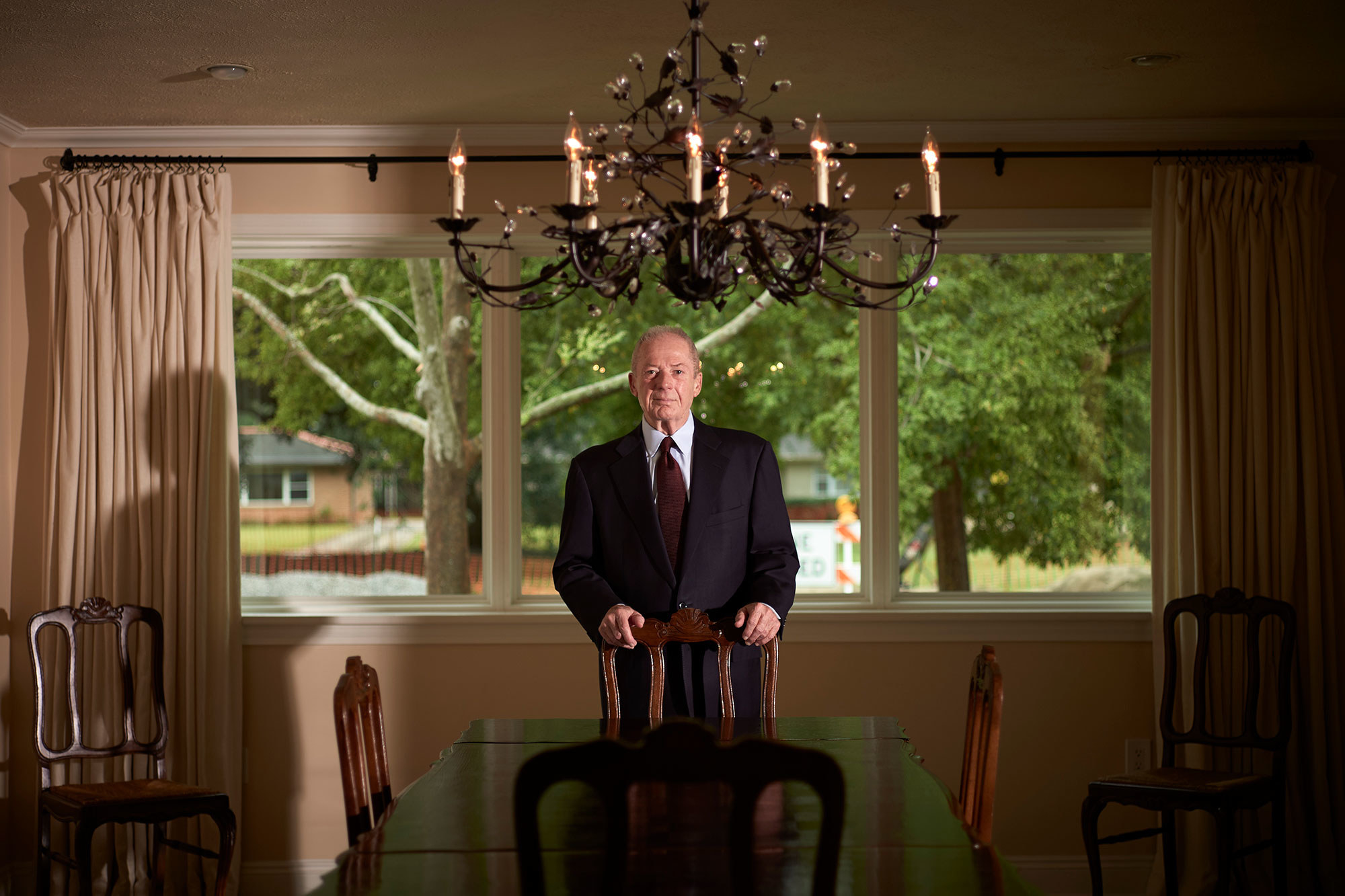
It was Flint, Michigan, that got former New Orleans inspector general Ed Quatrevaux thinking about lead. His team had been investigating the New Orleans water board for several of the eight years he’d been in office — finding that the agency had failed to keep track of overdue accounts, that it had paid excess overtime, and that its employees stole more than $500,000 worth of brass fittings meant for water meters.
“This organization is riddled with corruption,” Quatrevaux told BuzzFeed News.
By the summer of 2016, representatives of his office, supervised by the then-assistant inspector general for inspections and evaluations, Nadiene Van Dyke, were conducting interviews with water board employees and local academic experts, including Katner, about how they looked for lead.
One part of the inspector general’s inquiry was made public in July 2017, when Quatrevaux rebuked the water board for failing to inform residents that construction work — widespread in a city still being rebuilt over a decade after Hurricane Katrina — could shake lead from neighborhood pipes and into their drinking water.
The scientists who had contributed behind the scenes were eagerly anticipating the completed investigation. But less than a week after that first report, a scandal hit the inspector general’s office itself: the New Orleans Advocate obtained an internal report alleging that Van Dyke had helped friends get contracts, told employees to falsify receipts, and was “demeaning” to non-white employees.
She and Quatrevaux, who had approved the review, retired three months later. (Quatrevaux described the inquiry as a “hit job” led by an employee with a personal grudge; Van Dyke declined to comment on her departure.)
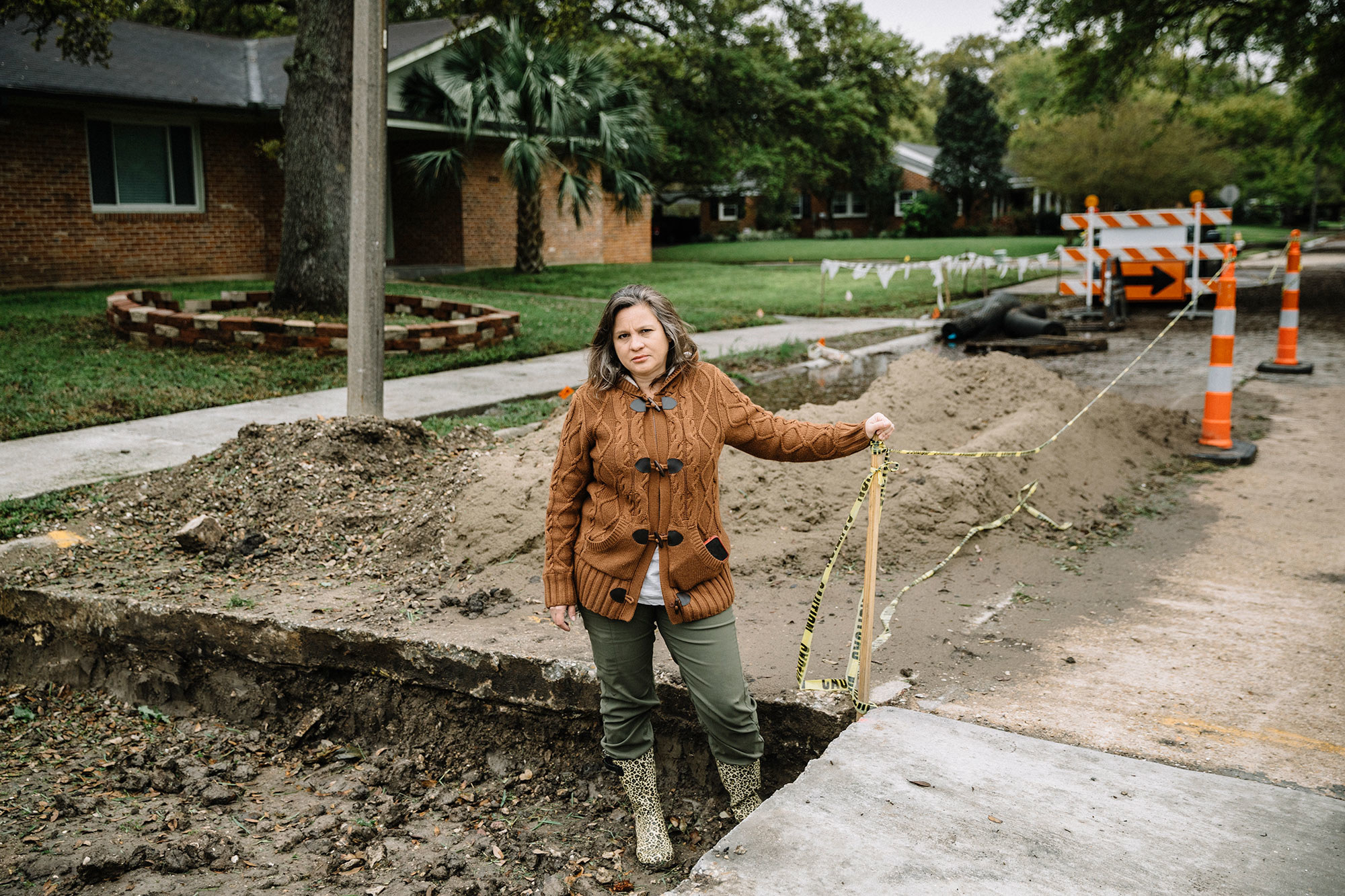
Katner, the LSU environmental scientist and daughter of a former water board director, was waiting for this report more impatiently than most. She had long suspected that the water board's testing was amiss, based on public records requests she and her team had filed as part of her own research. She says she never saw any documentation backing up the agency’s claim that they were testing in the city's riskiest homes.
In October 2017, weeks after the scandal played out in Quatrevaux’s office, Katner joined other scientists and environmental activists at a small event put on by two community groups, Justice and Beyond and A Community Voice. Bryant introduced the scientist to the group. While a few dozen residents ate chicken with salad and biscuits in the foyer of a Baptist church downtown, Katner gave them her cautionary speech about lead.
Lead is an elusive toxin. Unlike iron and manganese, which are measured and neutralized at water treatment plants, lead enters the water through the distribution system — that is, through plumbing and pipes that bring water into people’s homes. (A 2016 study estimated that there are 6.1 million lead pipes bringing water to homes in the US — a conservative count.)
What’s more, the measurements are fickle. Lead measured at a given spot can vary dramatically depending on the time of day, the season, the level of construction in the neighborhood, the number of people in residence, or whether they just returned from vacation.
Katner believes that public health messaging on lead risks hasn’t caught up to the last decade of research pointing to a range of risks associated with low-dose lead, the kind you absorb from tap water or food.
“They pretty much treat black people as the whites treated them before.”
Its effects are hard to spot. Very high exposure to lead over a short time can show up as tiredness, constipation, loss of memory, or appetite, but any one of those routine symptoms can be “easily overlooked,” the CDC warns.
In children, the toxin can damage the brain and delay development, manifesting as a lowered IQ, or learning and behavioral problems many years after the kids were exposed. As for lead in water, infants who drink formula mixed with tap water take in the highest dose of any age groups, at a critical time in their development. But tracing those problems back to lead is nearly impossible without concurrent blood and water tests to document the exposures.
That fact leaves residents like Hemphill with no way to figure out how much lead they were exposed to over the years or whether it led to serious health problems.
Katner then turned to her own research on lead in the city, which sampled 376 houses over two years. She explained that though her results suggested New Orleans wasn’t nearly as bad as Flint — where one home’s lead levels reached as high as 13,200 parts per billion — she had found some high lead levels at homes around the city.
Five minutes into her talk, Katner paused to take questions and was bombarded with queries from concerned residents: Is it possible to buy filters for the shower? Is there a filter you can put between the lead pipe in the ground and your house? Were some areas of the city at higher risk than others?
The scientist recommended that people use filters at the kitchen taps in their homes. She told them to make sure to look for the “NSF 53” certification sticker on the box.
But the water is only part of the problem.
The people most likely to have lead pipes are those who live in older, unrenovated houses. In New Orleans, that often means low-income families who are black, Katner and Bryant said.
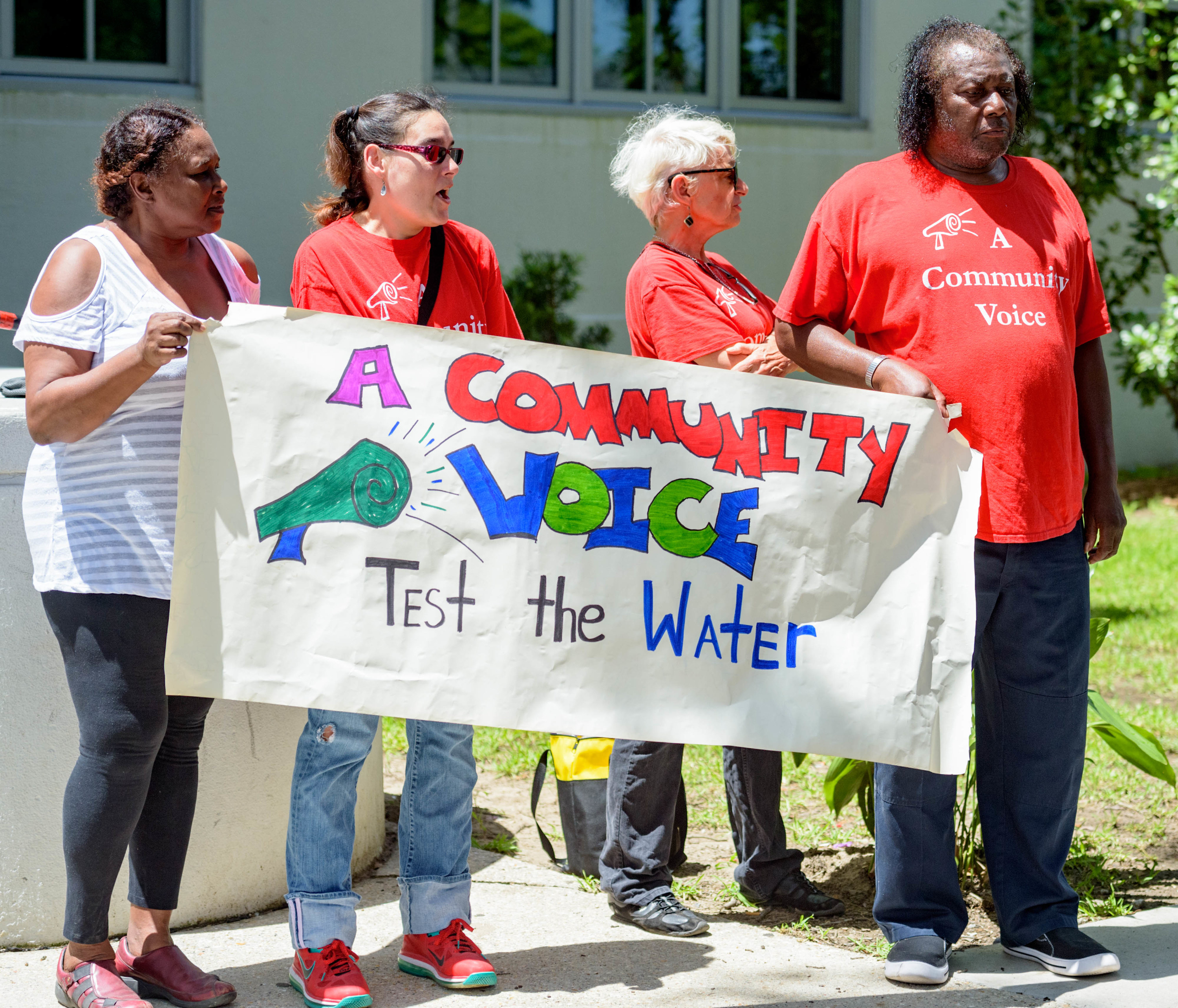
Those same older homes are also more likely to have old, peeling paint — another major lead risk. Many low-income, black neighborhoods in New Orleans are close to highways, where lead from gasoline fumes in years past lined the soil with the toxin. “When you add that on top of the likelihood that they’re also going to have lead service lines, the risk is even greater,” Katner said.
Bryant compares what is happening in New Orleans to Flint. Other water systems — in DC, Rhode Island, Detroit, and Philadelphia — have also been caught allegedly “gaming the system” to make their water testing data look safer than it actually is.
In New Orleans, as in Flint, Bryant says it's proof of the contempt that city administrators have for their citizens.
“Black lives did not matter there and black lives don’t matter here, even though we have a black administrator who is running the city,” Bryant said. “They pretty much treat black people as the whites treated them before.”
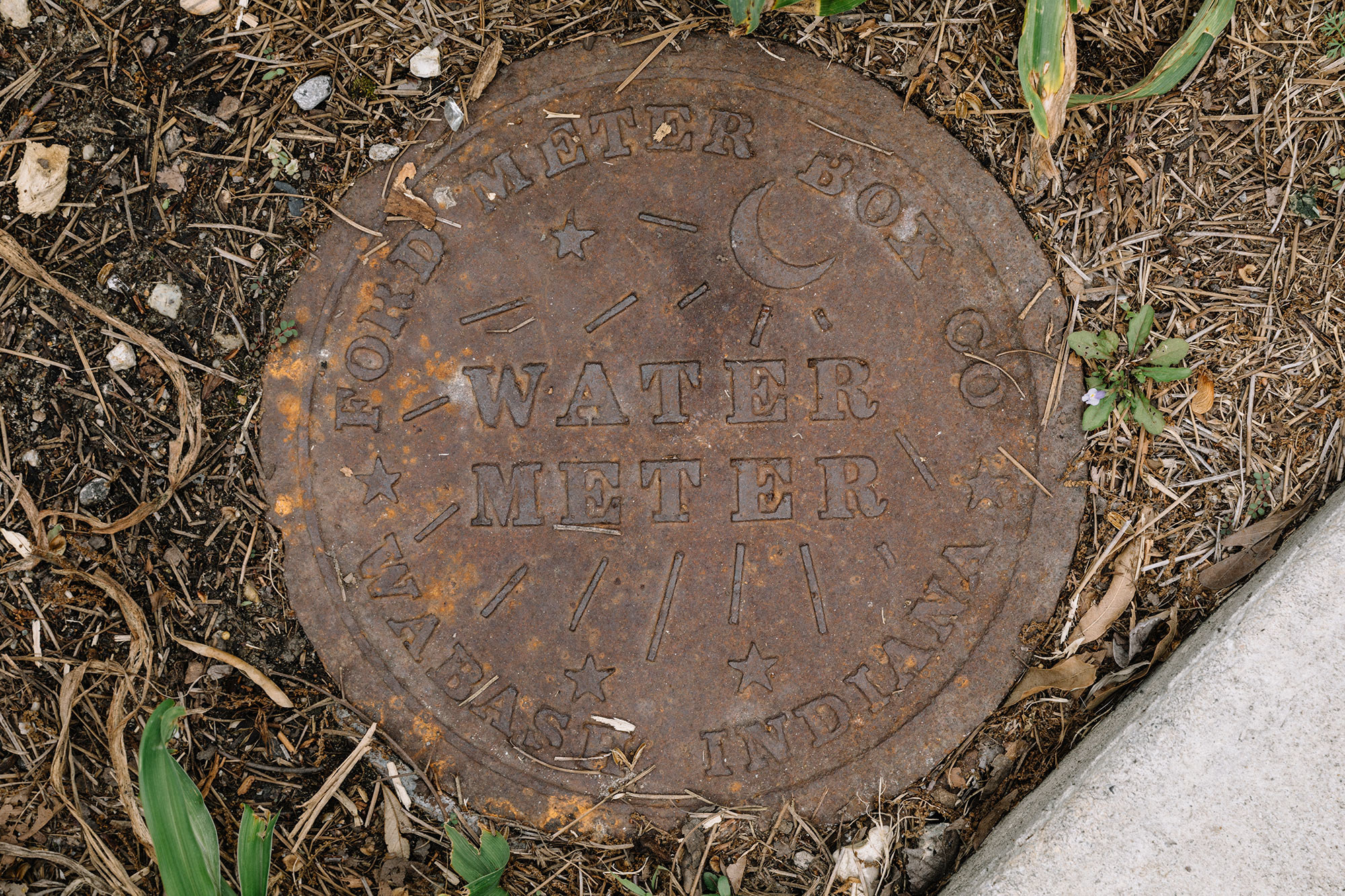
Throughout 2016, evaluators in Quatrevaux’s office interviewed water board staff and consulted scientists and policy experts. Their completed report found that the New Orleans water board had fallen short of the EPA’s requirements in four major ways between 2010 and 2016.
For example, the inspector general’s office found that the water board “did not have an updated, verified inventory of sites” that met the EPA’s criteria for water quality testing, and had “tested samples in 2010 and 2013 collected from sites not verified as valid testing sites.”
If there were a lead problem in the city, the water board would have missed it, experts say.
Becker said he did not know how the list was compiled, but that it “may have been surmised by talking to plumbers in the city.”
"The bottom line: According to the Inspector General’s detailed investigation many New Orleans residents may have been drinking significantly lead-contaminated water for years without knowing it due to faulty testing,” Erik Olson, a senior director at the NRDC, told BuzzFeed News by email. “This is in large part because the Sewerage and Water Board was violating federal rules and recommendations.”
Interviews with four senior water board employees obtained by BuzzFeed News through a public records request show that the agency was aware of the gaps in its data. Joseph Becker, then a general superintendent at the water board, told evaluators that during the race to rebuild after Hurricane Katrina, the Plumbing Department could not keep up with inspections. Becker did not respond to a request for comment for this story.
There was also uncertainty about the original records, compiled in the 1990s, when the EPA’s lead regulations first came into effect. No one who was interviewed for the inspector general’s report could say for sure how the list was drawn up. Becker said he did not know how the list was compiled, but that it “may have been surmised by talking to plumbers in the city.”
“Their record-keeping was abysmal,” Nadiene Van Dyke, the former assistant inspector general, told BuzzFeed News. “It was just this archaic, incomprehensible system, where the information was virtually completely inaccessible.”
Water board employees said they did not know how many lead service lines existed in the city or where they were. They acknowledged that the list was now inaccurate because many addresses no longer existed and because that list did not always get updated when lead pipes were replaced. Over the years, the water board had added addresses to the list, but it did not document if those homes contained lead pipes.
The EPA requires New Orleans to test 80 homes with lead piping every three years, but water board employees had trouble finding that many. So they used the water in their own homes — including those of Chad Lavoie, who led the sampling project; former water board chief Cedric Grant; and former spokesperson, Lisa Martin. In the interview summaries, Lavoie and Becker said that employees also solicited their friends’ participation.
These former employees defended the water board’s decision to test their homes for lead. “It was my responsibility to speak with confidence on the safety of the city's water supply,” Martin told BuzzFeed News. “What better for me to speak knowledgeably than with Louisiana State Lab test results?”
In an interview with Fox 8 in 2017, Grant confirmed that his water was tested. In response, the water board told the television station: “Yes. They are Sewerage & Water Board employees. We don't ask our customers to do anything we wouldn't do ourselves.” Grant told BuzzFeed News that “historically” water board employees had offered their homes to be tested. “I wanted to show leadership — I wanted to encourage people in the community to have their water tested. If I’m doing it you should too.”
Grant added: “There was nothing biased about it.”
Finally, the report rebuked the water board for the technique they used to collect the water from people’s taps, saying they ignored EPA guidelines. Their method likely underreported the actual lead levels in people’s homes that they did test, experts said.
It was not the first time the water board’s sampling had drawn scrutiny. In 2011, the local TV station WDSU reported that the New Orleans water board had deleted the results of at least two water samples with lead levels more than 13 times the guidelines for tap water in its report to the state.
The water board’s Lavoie told investigators that the extremely high samples were discarded because the houses had been recently vacant. But Katner said that decision makes no sense for a city in which so many people were returning to vacant homes after fleeing from Hurricane Katrina.
“This was not an anomaly — this was something that was happening all over the city,” she said. “For them to get rid of those values really is upsetting.”
In 2016, while the investigation was ongoing, the water board changed some of its protocols to verify for that year that each home that was tested had a lead pipe outside, the report said. But other problems identified in the report remained unaddressed.
“It was unethical to hide that report. The people of New Orleans know nothing about it.”
Frustrated that the damning report was never released, Quatrevaux eventually shared it with BuzzFeed News.
His successor, Inspector General Derry Harper, defended his decision to keep the results secret. “There was no attempt to bury this document,” Harper told BuzzFeed News.
“I made a determination that in this instance, the inspector general’s office could not release a final report, because we didn’t feel that we had sufficient information to support those findings,” Harper said. He added that the report had not passed legal review, but did not provide further details about why the report’s findings were flawed. Harper said he did send a summary to the Louisiana Department of Health, the state agency overseeing the board.
A spokesperson for that agency, which has also been criticized by a state auditor for not doing enough to oversee drinking water quality, said it did not agree with the summary.
The report “was officially disowned” by the inspector general’s office, Sewerage and Water Board spokesperson Richard Rainey told BuzzFeed News by email. Rainey later added that the water board “has consistently complied with all state and federal regulations when it comes to lead and copper water quality testing” and that the city’s water “is safe to drink and use.”
Beau Tidwell, spokesperson for New Orleans Mayor LaToya Cantrell, echoed that response in an email to BuzzFeed News, saying that the report was “disregarded and is no longer supported by the OIG.” (The mayor also serves as the president of the Sewerage and Water Board.)
For Quatrevaux, who claims the report did pass legal review, the decision to bury the information reeks of the very neglect the investigation identified. “It was unethical to hide that report,” Quatrevaux told BuzzFeed News. “The people of New Orleans know nothing about it.”
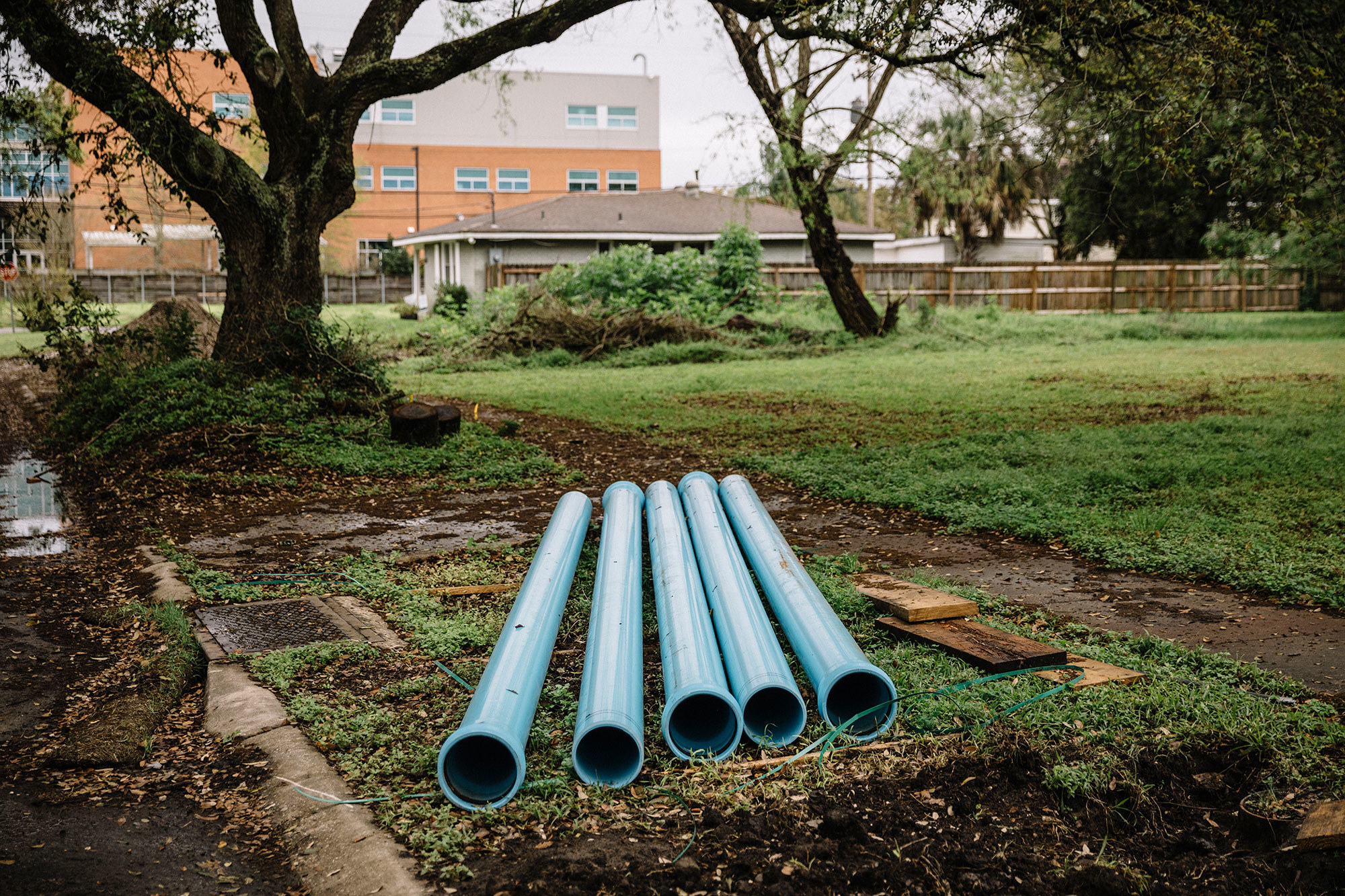
In the spring of 2017, some 18 months after Hemphill found out that the water her baby twins were drinking had lead in it, water board workers came to her home. They tore up the cement sidewalk in front of her house with jackhammers, then dug and dug, until they finally found a lead pipe, a skinny piece of metal some five feet long. They cut it into chunks, threw the pieces in their truck, and drove off.
(In response to a BuzzFeed News query about the delay, a spokesperson for the water board said "there could be a million different reasons" for why it took 18 months for the lead pipe to be replaced.)
She had the twins tested last year and was relieved to learn in January that they did not have detectable lead levels in their blood, though she’ll never really know if the leaded water caused her premature labor or how it may have affected them when they were tiny babies.
In February of this year, the family moved to the Lake Oaks neighborhood, which sits on higher ground than their old house had. When they renovated the new place, they replaced all the pipes inside and installed filters underneath the kitchen sink.
The sidewalk of their old house stayed broken for months after their pipes were removed, the fractured cement reminding Hemphill of something a pipe inspector once told her after pointing out how her neighbors’ sidewalks were pristine and untouched. Their lead pipes, he said, were probably still in there. ●



